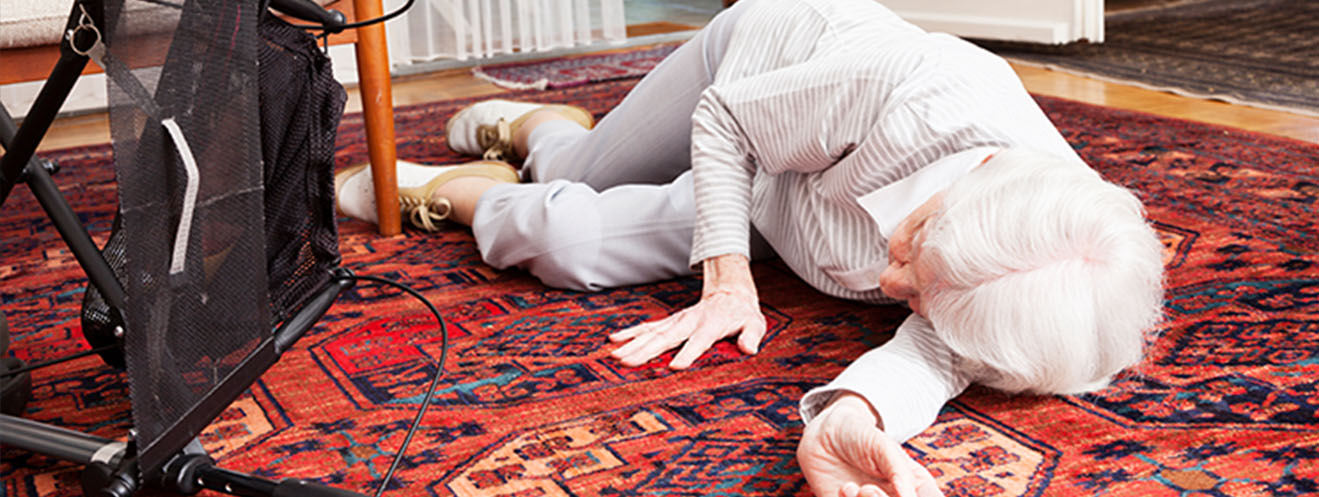
As a health professional specialising in the care of older adults, I have always been passionate about people living at home with the maximum available life quality and independence. What’s exciting at the moment is that technology is moving the independent living goalposts, with Integrated Care Commissioners now exploring innovative new ways to meet the increasing challenge of caring for an aging population.
As an experienced Occupational Therapist (OT), it’s been an engaging new challenge to work closely with older adults in their homes; becoming a vital link between people, their lives and new technology. It’s been an extraordinary journey to get this far – and one that we at Beanbag Care are very proud of.
Over the course of the coming months, I’m going to share some insights from my role in developing Beanbag Care, Secure Meters’ latest technology offering for the home care market.
From the outset, we had big aspirations for Beanbag Care; we wanted to be able to identify a fall at home, without the need for a wearable device and without the faller having to raise the alarm themselves. Falls are by far the largest cause of A&E hospital admissions for older people; causing injury, distress, pain, loss of confidence or independence and even mortality – as the most common cause of injury-related deaths in over 75-year-olds.
The NHS reports that around 1 in 3 adults over 65 who live at home will have at least one fall a year. The speed of an individual’s physical and psychological recovery following a fall can often be dependent on how quickly help is made available and delivered.
Since as far back as the 1970s, various types of pendant alarms have enabled the wearer to press a button and summon help and evolved to better detect a fall from the speed and position of the faller when they hit the ground. However, there have always been limitations to these devices. The older adult must remember to wear it, be awake when they need to push the button, and be willing to raise the alarm once they have fallen over. And according to Age UK, some older users do not want to wear something that they view as a symbol of getting older and the loss of their independence.
Wouldn’t it be good to have a solution that was not dependent on a wearable device? One that did not require any action from the faller, because they know that help is on its way. A system that can identify a fall accurately, generate a call for help using technology that is hidden in the background – and with the added bonus of reducing the number of long lies; improving mental health and life expectancy.
OT’s understand that a person develops a routine over time – this will include time spent cooking, moving around the home from room to room and time spent out of the home. Strategically placed sensors can observe and track these habits, so that any dramatic changes in behaviour can quickly be identified.
Put simply, if an older adult is inactive for a period of time that is inconsistent with their normal routine and individual habits, Beanbag Care proactively calls for help. This help may be as simple as a quick check visit by a family member, without the need to involve emergency support services.
Non-wearable fall detection is a big USP for Beanbag Care, and it has taken around four years of product development to launch our first generation system. Over time we may choose to expand the system to factor in data from further sensors, but for now, this feels like a very positive step for independent living.

Rob Padwick is the Clinical Lead for Assisted Living at Secure Meters UK Ltd, the exclusive developer and supplier of Beanbag Care.